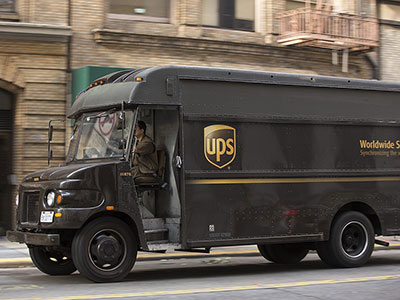

According to UPS’s CEO, UPS’s network flexibility gave it an edge over FedEx in landing a deal with the U.S. Postal Service. Instead of following a hub-and-spoke model to service the USPS, UPS can use its regional gateways to support the local and regional requirements of the USPS customers. UPS believes it will be a “win” for their business as they do not expect to need to purchase additional aircraft; instead, they will hire additional pilots to support the volume.
FedEx currently handles the USPS volume with its hub-and-spoke system and will ramp down at the end of its contract on September 30th. It has been a bit of a drag on its profitability as the Postal Service shifts air cargo volume to its less-expensive ground network. The bottom line is that FedEx’s hub-and-spoke system is less flexible infrastructure in supporting regional demand.
Regional Flexibility is the Name of the Game
Similar to manufacturing circles, regional flexibility is becoming the name of the game. Although regional servicing isn’t always preferred over hub-and-spoke capabilities, it provides flexibility to meet local and regional needs. There is no reason to ship products across the country if they are needed within the region. As regional manufacturing gain momentum, regional shipping and logistics support will also increase in importance. Thus, flexibility to ensure speed, cost effectiveness, and tailored service is paramount.
Lessons Learned from UPS
UPS is focused on partnerships as demonstrated by its new partnership with USPS. Clearly, UPS is forward-thinking in how to better utilize its network and assets while serving new customers. The key will be in whether the transition can be rolled out seamlessly while providing a volume advantage for UPS.
Beyond partnerships, UPS has demonstrated that it continually invests in advanced technologies and is willing to test new ideas and pilot concepts. This type of flexibility, creativity and innovative agility will be critical in serving regional customers with the continued high levels of service expected at greater margins. For example, UPS Velocity has shown its leading edge service with its focus on artificial intelligence (AI) and automation. There are over 700 bots and it is the blueprint of the future for e-commerce. Additionally, UPS is using generative AI to streamline its customer service operations. However, the key is that UPS is not automating to automate (and simply slash costs); its goal is to provide support rapidly with customized answers while dedicating its customer service agents to the more complex problems. High tech, high touch is a winning formula, especially in servicing regional customers.
UPS is also looking across their network and cross-functionally to align demand and supply in the best way to service customers at the lowest cost. By reallocating volumes to under-utilized assets to ramp up the USPS partnership, they can increase their efficiencies and utilization rates. These types of decisions are assessed in a SIOP (Sales Inventory Operations Planning) process to better align demand with supply in a way that most effectively utilizes assets and maximizes margins. If you want to learn more about how to implement these types of strategies, download our complimentary e-book, SIOP: Creating Predictable Revenue and EBITDA Growth.
If you are interested in reading more on this topic:
A Potential UPS Strike, Supply Chain Impacts & Strategies


